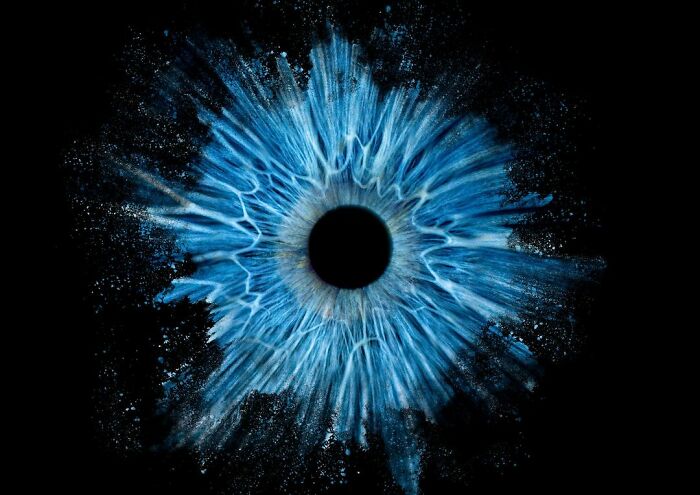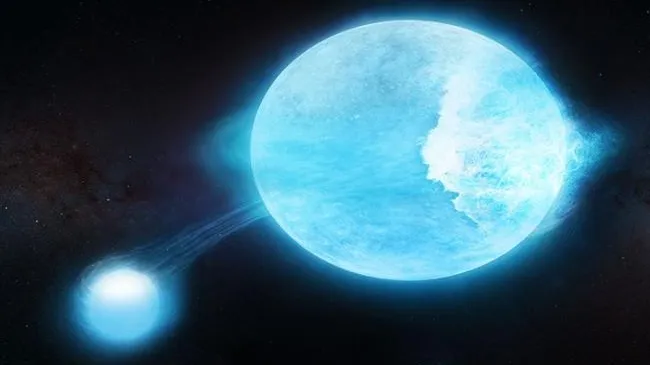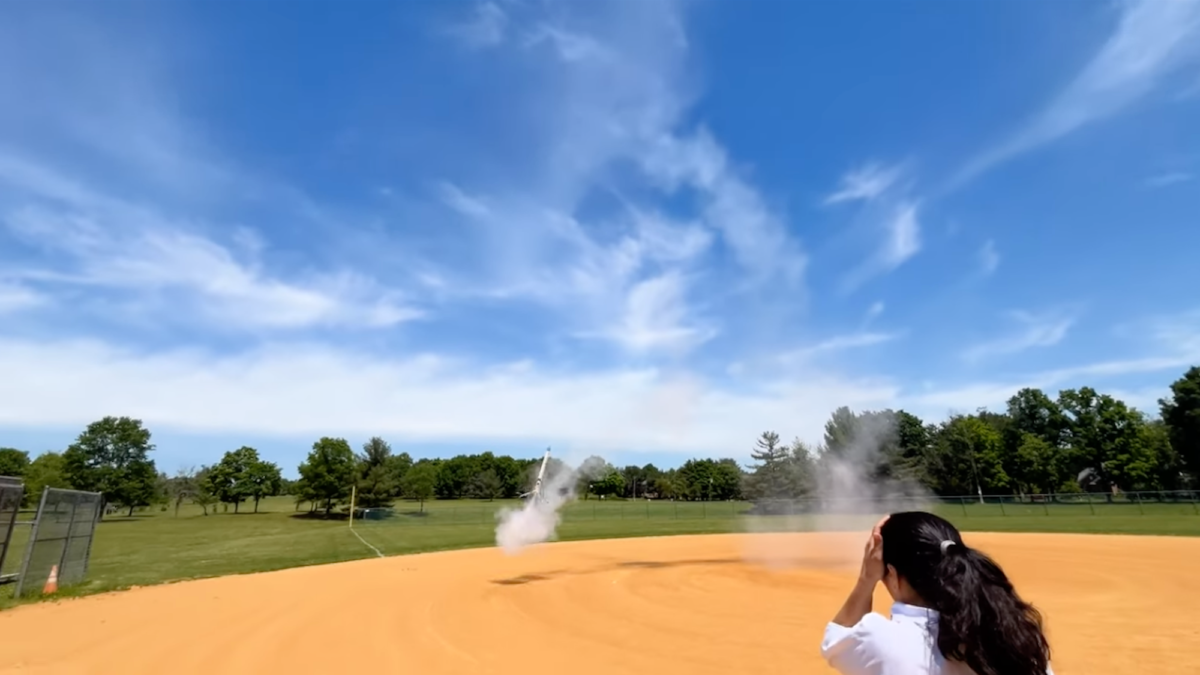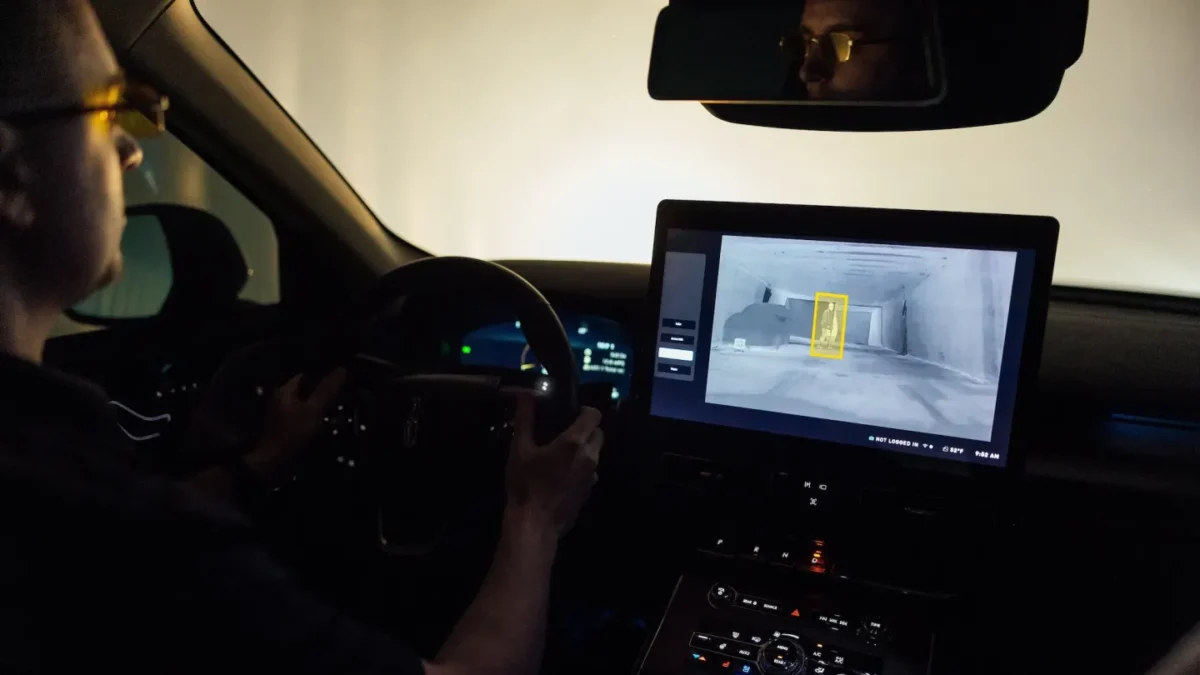Polaris, the North Star, is one of the most famous stars in the sky, yet it remains an enigma. Recent reassessments of its fundamental properties, such as mass and distance from Earth, suggest that Polaris appears paradoxically youthful.
This strangeness might lead one to think astronomers have miscalculated its age. However, the truth might be even stranger: stars can sometimes rejuvenate themselves, turning back the cosmic clock.
Polaris is actually a multistar system where several stars orbit one another. Even a small backyard telescope will reveal Polaris as two stars: the bright Polaris A and the fainter Polaris B. Further observations show that Polaris A is actually a very tight binary system, consisting of two stars (Aa and Ab) orbiting closely together.
Polaris Aa, the giant and brightest of the trio, is usually what astronomers refer to when they mention Polaris. It is a special type of star known as a Cepheid variable, which periodically brightens and dims. Polaris Aa’s brightness changes by about 4% over roughly four days. Cepheid variables are crucial for astronomy because the duration of their brightness cycle correlates with their intrinsic luminosity. This relationship allows astronomers to measure cosmic distances by comparing intrinsic brightness with observed brightness.
Polaris is the closest Cepheid variable to Earth, making its distance measurement critical. Accurate distance measurements to Polaris help calibrate distances to more distant Cepheids and galaxies. However, measuring the distance to Polaris has proven difficult due to its brightness, which saturates most modern telescopes. Estimates have varied widely, from 300 to 450 light-years, which is a significant uncertainty for such an important star.
In 2018, astronomers used a clever method to refine Polaris’s distance. They assumed that Polaris B is physically associated with Polaris A and used the Hubble Space Telescope to measure Polaris B’s distance via parallax. The result, 521 light-years, was a surprising but significant finding.
Astronomer Richard I. Anderson analyzed observations of Polaris Aa and used physical models to understand its characteristics. His findings suggest that Polaris Aa, with seven times the mass of the sun at 521 light-years away, aligns with the new distance measurement. However, this creates a paradox: Polaris Aa appears to be only about 54 million years old, while its companion, Polaris B, seems to be over two billion years old. This discrepancy challenges the notion that both stars formed simultaneously from the same gas cloud.
The possible explanation is that Polaris Aa underwent a stellar merger. A third star might have collided and merged with one of the existing stars, rejuvenating Polaris Aa. This merger would mix the star’s gas, giving it a youthful appearance. Such mergers, while rare, are known to occur. Evidence of material ejected into space supports this hypothesis.
Without the merger, Polaris Aa would be a lower-mass star that looks its true age of around two billion years. Instead, the merger increased its mass, causing it to age faster. This explains why Polaris Aa, despite appearing young, is nearing the end of its life as a red supergiant.
If this “stellar merger” theory holds, we can confidently use Polaris to calibrate distances to other Cepheid variables and galaxies. This calibration is fundamental to measuring the vast distances in the universe.
Polaris has long guided explorers on Earth, and it continues to guide astronomers in mapping the cosmos.




